With so much soccer to keep us preoccupied, the countdown towards this year’s annual PES demo release was relatively painless. Last year around this time we were all wowed by the PES 2018 beta, which ultimately turned out to be quite different from the demo and full release. This time around, I’m hoping the demo is a better representation of the final game, one that should bring us hours and hours of enjoyment. With that being said, let’s dissect the PES 2019 demo.
What I Like
Ball Physics – Ball physics have been one of PES’ strengths the last few years, and this year is no different. With more aggressive AI (more on that in a bit), especially around the box, the amount of deflected/blocked shots has increased, and as a result the 50/50 balls are a real scramble as you sprint to win them. Passes, whether they be on the ground or in the air, are more diverse in terms of spin while not rolling along the pitch like a bowling ball on ice — an issue that plagued recent PES games.
Shot Error – Far too accurate shooting has plagued PES for the past few iterations. Strong foot, weak foot didn’t matter when you played on “Basic Shooting” as you would pepper the goal with accurate shots forcing saves from the keeper. This year, it seems body position, dominant foot and how close you’re being marked factor into how accurate your shots are. Sure, low shots are still a little overpowered, but the amount of shots I’ve seen or put into the stands is already more than PES 2018.
Dribbling – Dribbling last year in the beta felt amazing. Players like Mbappe and Griezmann were as lethal as they are in real life with the ability to change directions, wrong-footing defenders along the way. Unfortunately when the full game dropped, nearly everyone could dribble the length of the pitch slaloming through defenders on their way to goal. Thankfully, the 2019 demo feels closer to last year’s beta as the ball feels alive and loose under your feet, depending on who’s on the ball. Clunky center backs get caught in possession if you dwell on it too long, while swift wingers feel dangerous in 1-on-1 situations.
Player Weight/Momentum – Piggybacking off dribbling, the weight of the players feels spot on. Try using Monaco and getting on the ball with Gilk to see how he turns like a 16 wheeler. Olivier Giroud, renown for his hold-up play, feels like a proper target man while players like Messi are quick with their low center of gravity, which makes them a joy to play with. PES has implemented momentum and inertia better than FIFA, and this year it just feels right. On passes slightly behind the intended target, I’ve seen an animation where the target will stick out his trailing foot trying to reach back for the ball only to see it slip past him as it should.
Fouls – Yes, they’re finally back. Whether it was an issue of a passive-aggressive AI or the ref simply not calling them, they’re back in and help to bring some realism back to PES. As teams chase a result, you will notice that they ratchet up the aggression and start more ferociously closing down. Demo clubs like Sao Paolo and Liverpool will press you, albeit in different ways. Sao Paolo will apply “front-line pressure” meaning that their forwards will press your backline defenders, while Liverpool will often wait until you near midfield to let loose their “gegenpress” assault. After roughly 20 demo matches, I’ve still yet to see a penalty kick, but hopefully they exist unlike in PES 2018.
AI Aggression – Going hand-in-hand with fouls, AI aggression is much more evident this year, especially around the box. PES 2018, even on the higher difficulty levels, suffered from passive AI, often letting you walk into the box and get off a shot. But now defenders will step up to block off shooting and passing lanes while putting in sensible challenges. As I become more familiar with dribbling in PES 2019, hopefully the risk/reward outcome that is defending is properly balanced.
AI Back Heels – Back heel be gone! Pinch me if this sounds familiar: You have the CPU pinned in their own half. They play a ball from the center back to their central midfielder who perfectly back heels it twenty-five yards on a dime to their striker who holds it up and back heels it out wide for an onrushing winger. You’ll be lucky if you see one or two successful back heels or layoffs in a real match, yet in PES 2018 you’ll be lucky if you only see two per half, especially with the ping-pong laser-guided passing that was PES 2018.
Passing – Poorly implemented passing has plagued PES for years. From balls smoothly rolling across the pitch to laser precision by both the human and AI, passing has been improved thus far for PES 2019. On Pass Assistance 1 (PA2), I have misplaced several passes and even sent a few cross-field switches into the third row. Also tuned is the blind passing so often abused by the esports crowd. Simply put, when you attempt a pass and your body is not facing the intended target, the pass has a much higher likelihood to go astray. Passing by the CPU is much more believable as the ping-pong passes — seemingly introduced a few years back in an attempt to re-create tiki-taka football — have been toned down. The CPU is still capable of working a perfect triangle but overall the passing looks more realistic. While there still could be a little more error on PA1, passing feels a whole lot better this year.
Graphics – Visually, the game looks stunning, especially in 4K. Player models, down to their individual tattoos, look photo realistic even in motion. Pitch textures look fantastic and have come a long way since the days of the PS2/PS3. Crowds also look enhanced, as do the stadiums. Playing in Schalke’s Veltins Arena with the Royal Blues is good enough to generate goosebumps. The tunnel cam in Camp Nou does a great job of capturing the build-up to playing in one of the most iconic stadiums in the world.
Positioning – Positioning, specifically those on the backline, has improved over PES 2018. Too often in PES 2018, your backline would drop deep allowing acres of space in between your midfield and backline. This year that space has been condensed as defenders will step up and mark not only the player, but also the space. When instructed through tactics, strikers will actually come back into the their own half and defend in a way that would make Simeone shed a tear. While the midfield could be a little more organized, especially against counters, the position of the central and/or defensive midfielder is much more realistic when compared to last year where they would always drop deep and split the center backs — much like Kante for France.
What I Don’t Like
Keeper Angles – Overall, keepers are not bad and have come a long way since the days of dodgy keepers making howlers that would make Karius proud. Their reaction times are improved but still suffer from some unrealistic animations, especially catching the ball on angled shots. What is poor though, is their propensity to sit on their line as an attacker is converging on them, making one-on-one plays extremely easy to convert. Instead of coming out slightly and either closing down the angle and/or making themselves big, they sit on their line and allow the attacker to get within a few feet before calmly slotting their chance home. This should be a simple fix, and hopefully the community notices this too and makes Konami aware.
Odd AI At Times – There are occasions when PES takes a book from older FIFAs when players, especially wingers, will freak out on the ball by dribbling in circles even when not pressured before making a decision with the ball. Instead of just walking or stopping the ball for a second, they will burn unnecessary energy dribbling in circles as if they were channeling their inner Juan Cuadrado. Spotty AI occasionally applies to passing where the CPU will choose a more difficult option as opposed to playing the simple pass and keeping possession. In a game where it’s easy to dominate possession, cleaning this up could really help to create a more challenging experience versus the AI. I’ve also seen on some difficulty levels where the AI will have a clear path forward when in attack, and instead of driving at defenders and/or taking the space given they will inexplicably pass the ball to a teammate. It’s never a good look when Messi has a clear breakaway and decides to pass instead of padding his goals. Lastly, the CPU has the innate ability to chip/lob your fullbacks with laser precision when attacking down the wings. Lobbing a defender near the touchline is an incredibly risky and tough pass to pull off. With the touchline acting like another defender, the CPU still manages to place a perfectly weighted lobbed pass in their winger’s path for him to run onto. Hopefully Konami is taking feedback this time around and will tighten up the AI to make the offline experience that much more enjoyable.
Short Match Time – Only applying to the demo, the idea of making the demo have such short match lengths is perplexing, especially when 12-minute matches were always the norm for PES demos. Similar to how FIFA does demos, shorter matches do nothing to showcase the game in a positive fashion. What’s more puzzling about this decision is that quick exhibition matches are shorter than online matches. It seems like the reverse should be true, but again this issue won’t apply to the main game.
Manual Passing (Zero Assistance) – Look, manual passing is supposed to be challenging. Once you start to recognize the familiar patterns of the AI, manual passing can be a great way to add in some much needed difficulty, but there are a few issues, mainly the lack of awareness/player recognition when passing. Manual passing is supposed to add freedom to the game. Picking what side of the target you want the ball to be placed and how much pace you place on the pass are some of its advantages, but when the game can’t recognize who you want to pass to, it becomes worthless. This isn’t a problem when you’re passing the ball forward, but when you’re trying to play in tight spaces (think Pep’s triangles or beating a pressing team) it becomes very frustrating when the game ignores your directional passes in favor of a different target. This kind of issue should only happen when using assisted levels of passing, not zero assistance.
Conclusion
All in all, as you can tell by the long list of positives, the PES 2019 demo is off to a good start. While there still are plenty of little issues to clean up before release, the fun factor is back with PES 2019, and the tweaking of fouls and better positional AI have lead to immediate dividends.
Is the demo more or less likely to influence your purchasing decision?


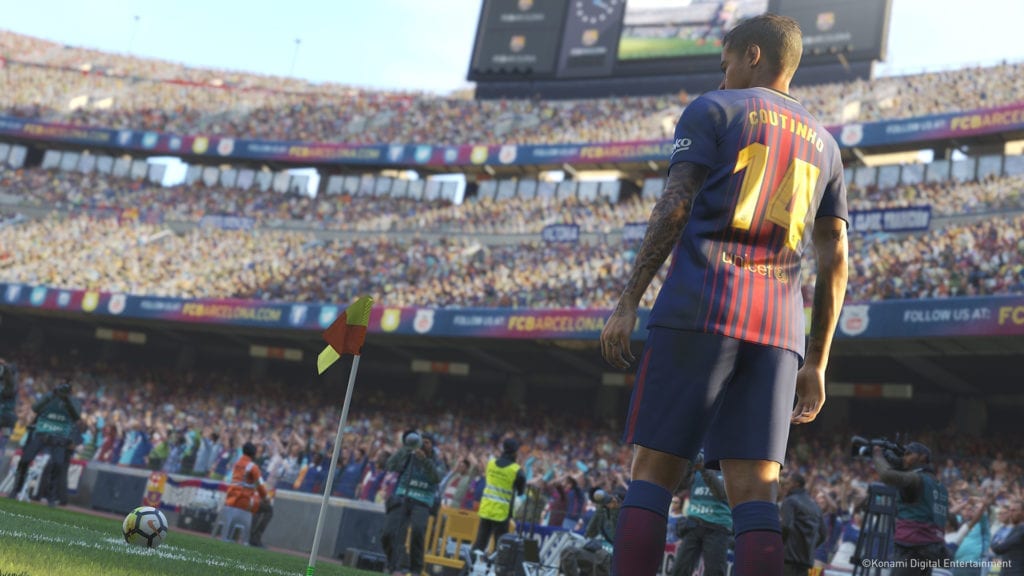
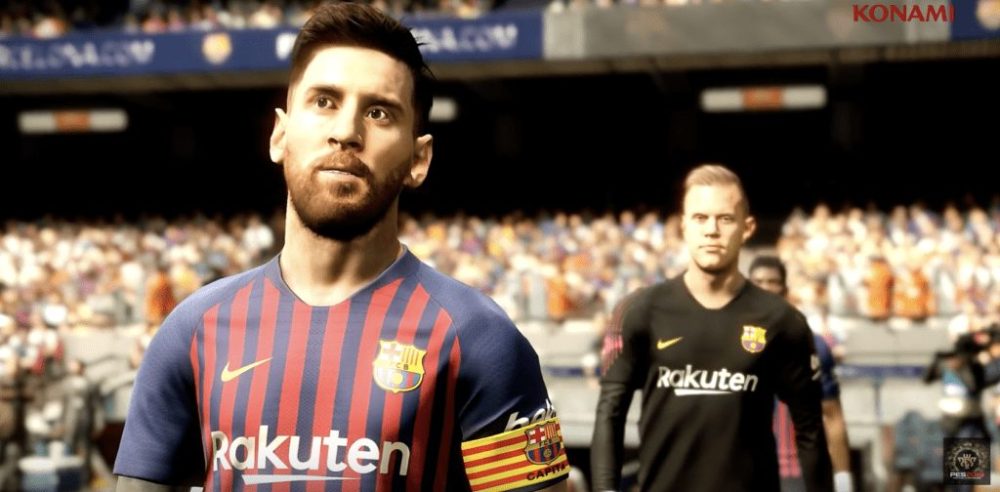
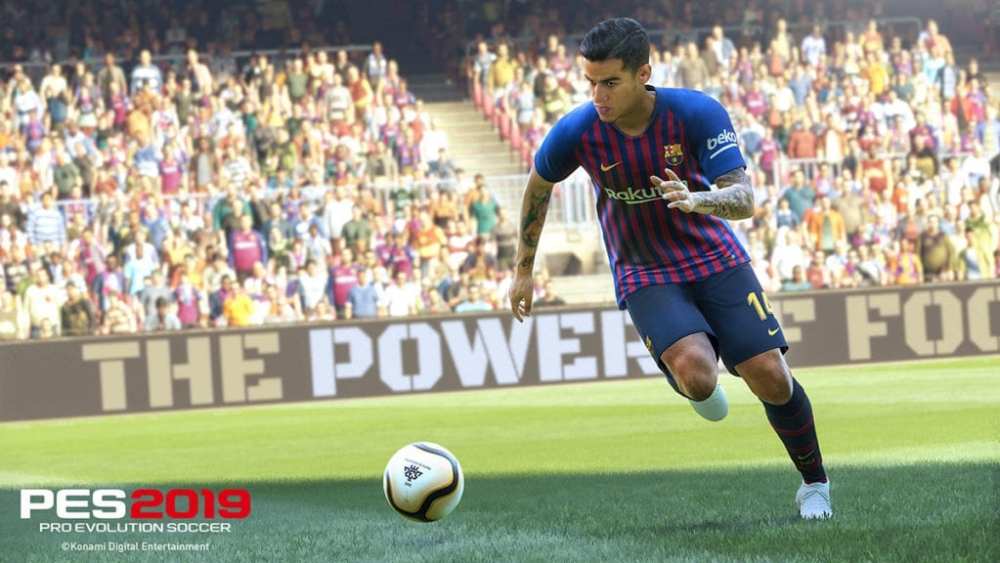


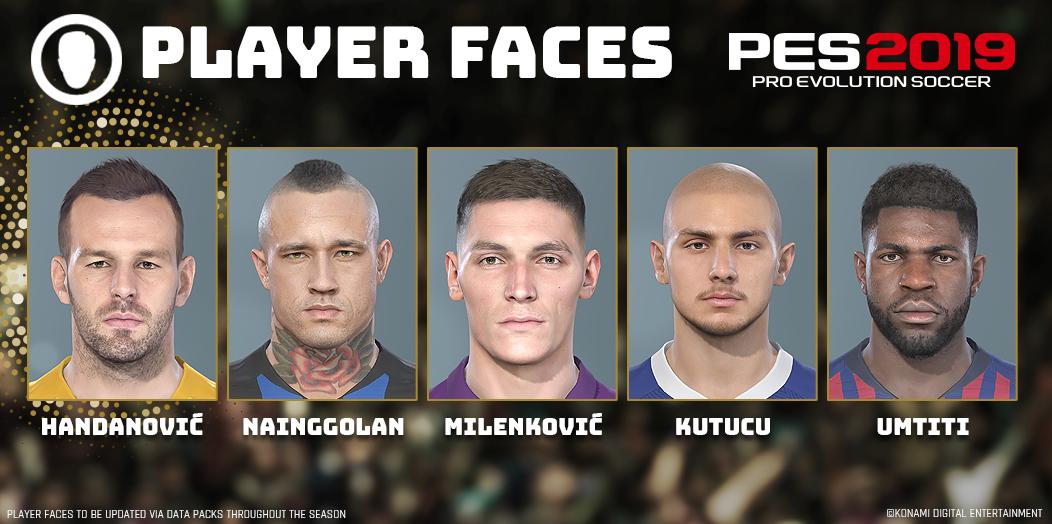
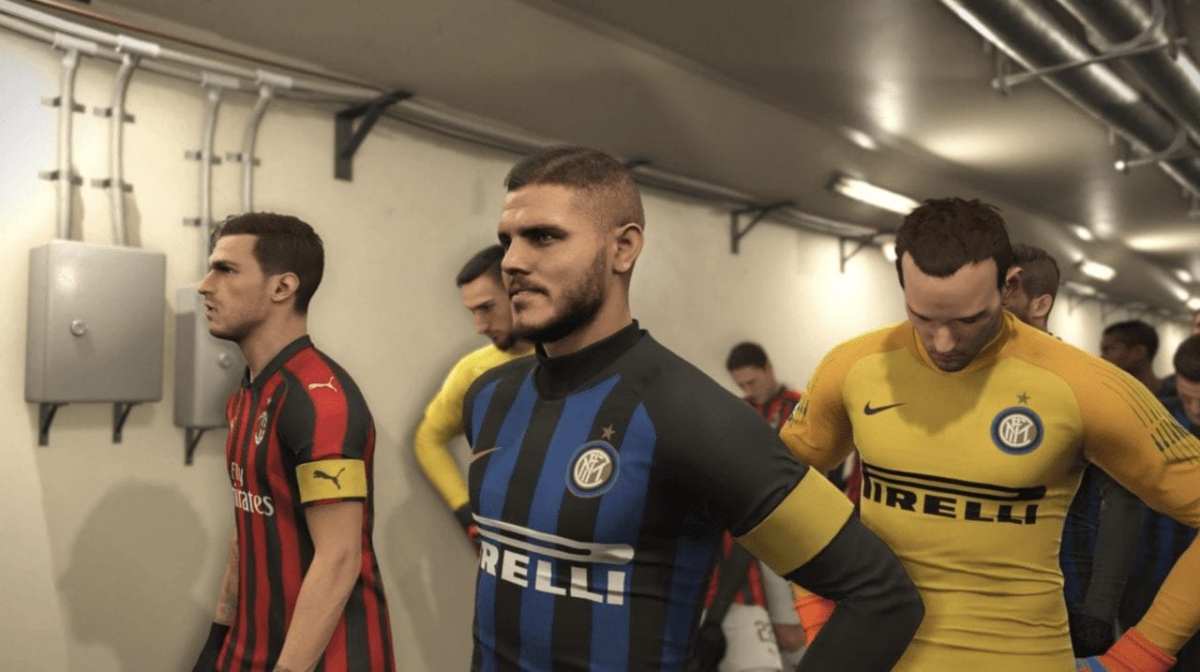

Published: Aug 16, 2018 10:52 am